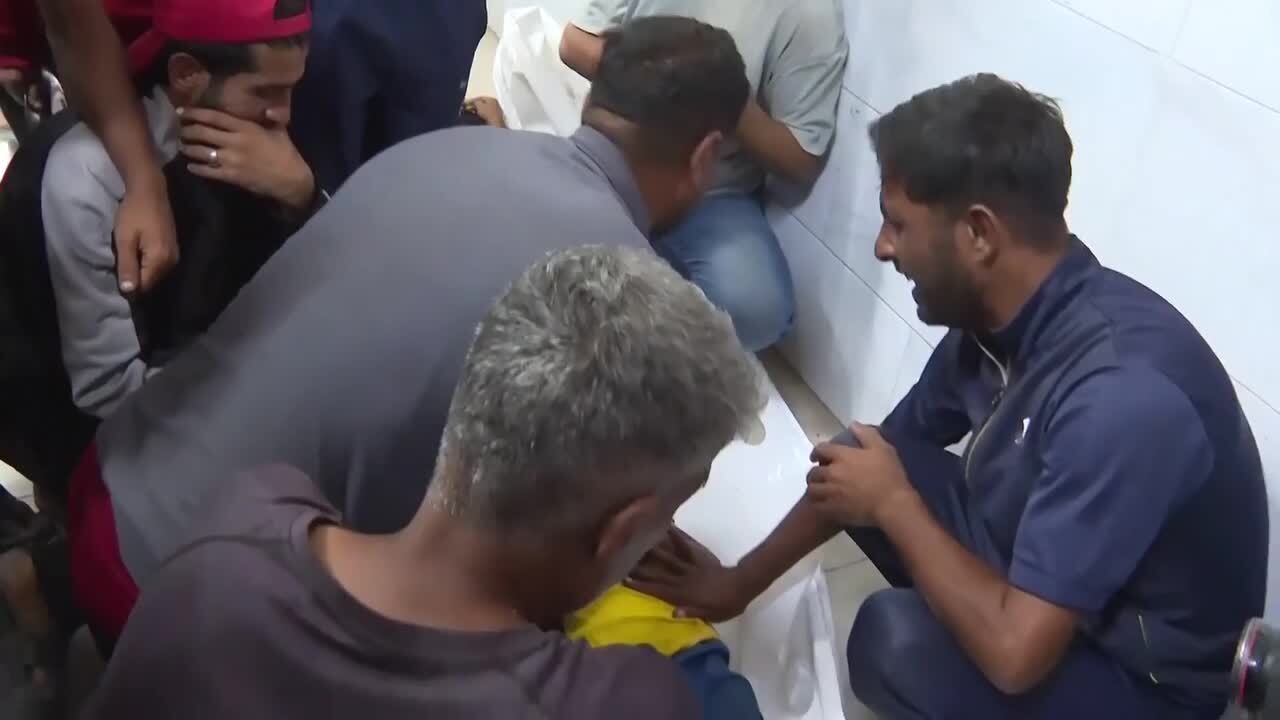The pilot of an A-10 Thunderbolt ground attack aircraft followed the strict rules of engagement and was blameless in a "dynamic airstrike" on an ISIS outpost last March that killed at least four civilians in central Iraq, U.S. Air Forces Central Command said Friday.
The acknowledgment by CentCom was only the second time that the U.S. has confirmed "collateral damage" in the form of civilian casualties from more than 5,400 airstrikes since President Obama authorized the air campaign in Iraq and Syria on Aug. 8, 2014.
In the first incident, two civilians were killed in an airstrike in the city of Harim in Syria in November 2014, according to CentCom.
In a briefing at the Pentagon, Air Force Col. Pat Ryder said that 26 other airstrikes in which there were possible civilian casualties were under review while contrasting the painstaking efforts of the U.S. to avoid hitting civilians with the use of "dumb bombs" in the Russian air campaign.
A redacted report of the investigation into the A-10 airstrike said that, "Video footage review indicates the aircrew had no opportunity to detect the presence of the likely civilians in the target area prior to weapons impact."
The attack took place at an ISIS checkpoint near the central Iraq city of al Hatra, about 60 miles south of Mosul. The city is the site of ancient Roman ruins that have allegedly been looted by ISIS to fund terrorism.
"Prior to the strike, the target was thoroughly reviewed and validated as an ISIL checkpoint," the CentCom report said, using another acronym for the Islamic State of Iraq and Syria.
The strike had been approved by the Combined Air Operations Center (CAOC) at the Al Udeid Air Base in Qatar, but before the A-10 attacked, two vehicles -- a black Kia sedan and a GMC Suburban sports utility vehicle -- pulled up at the site.
Ryder said that a woman emerged from the Kia and was seen talking to the ISIS guards. A man emerged from the Suburban and did the same. Other cars passed the checkpoint, and the A-10 waited for about 45 minutes before launching attack.
"The drivers of those vehicles left their cars and interacted with the ISIL checkpoint personnel for a period of time while other vehicles continued to pass through the checkpoint," CentCom said.
"Based on the actions being observed, aircrew and CAOC personnel assessed that the checkpoint, additional vehicles, and additional personnel were lawful targets consistent with the Law of Armed Conflict (LOAC) at the time the weapon was released on the target area," CentCom said.
At no time could the pilot see whether passengers were inside the Kia, Ryder said. The investigation concluded that there were four non-combatants inside the car, possibly including a child.
"If we knew there were civilians [inside the vehicle], we would not have conducted the strike," Ryder said.
The U.S. learned of the civilians in the vehicle when the woman who had been talking to the ISIS guards -- she survived the attack -- sent an email to a non-governmental organization that was passed on to the U.S. military. "She wanted compensation for the vehicle," Ryder said.
There will be no compensation for the vehicle, Ryder said. He said CentCom has thus far been unable to obtain information on the identities of the four civilians killed for possible compensation for their deaths.
"All reasonable measures were taken to avoid unintended deaths of, or injuries to, non-combatants by reviewing the targets thoroughly prior to engagement relying on accurate assessments of the targets, and engaging the targets when the risk to non-combatants was thought to be minimized," the Centcom report said.
We regret the unintentional loss of lives," Lt. Gen. Charles Q. Brown Jr., commander of U.S. Air Forces Central Command, said in a statement. "We do everything we can to prevent unintended deaths or injuries to non-combatants."
-- Richard Sisk can be reached at richard.sisk@military.com.





























